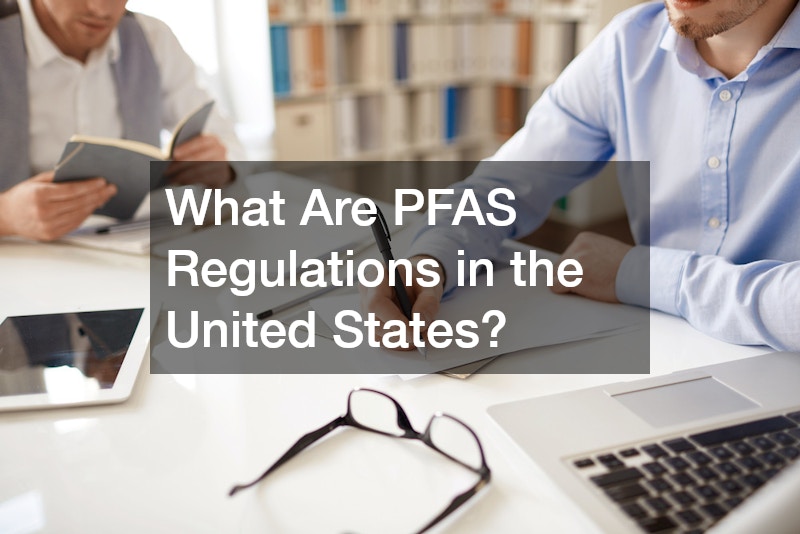
What Are PFAS Regulations in the United States?

Per- and polyfluoroalkyl substances (PFAS) are a group of synthetic chemicals that have been widely used in various industrial applications and consumer products due to their water and grease-resistant properties. However, their persistence in the environment and potential health risks have led to growing concerns, prompting regulatory actions in the United States.
Overview of PFAS
PFAS encompass thousands of chemicals, including well-known compounds like PFOA (perfluorooctanoic acid) and PFOS (perfluorooctanesulfonic acid). These substances have been used in products such as non-stick cookware, water-repellent clothing, firefighting foams, and food packaging. PFAS are often referred to as “forever chemicals” because they do not break down easily in the environment, leading to long-term contamination issues.
Regulatory Framework
PFAS regulation in the United States involves multiple agencies, including the Environmental Protection Agency (EPA), the Food and Drug Administration (FDA), and state-level authorities. The primary focus is on limiting PFAS exposure to protect human health and the environment.
EPA Actions
The EPA has taken significant steps to address PFAS contamination through various initiatives:
- PFAS Action Plan: Launched in 2019, the PFAS Action Plan outlines the EPA’s comprehensive approach to addressing PFAS contamination. This includes setting maximum contaminant levels (MCLs) for PFAS in drinking water, expanding monitoring efforts, and conducting research to understand the health effects and environmental impacts of PFAS.
- Regulatory Determinations: The EPA has proposed regulatory determinations for PFOA and PFOS, aiming to establish enforceable limits in drinking water under the Safe Drinking Water Act (SDWA). This move is crucial for setting national standards and ensuring water safety.
- Toxic Substances Control Act (TSCA): Under TSCA, the EPA reviews and regulates new and existing chemicals. Recent amendments have enhanced the EPA’s authority to evaluate the safety of PFAS and restrict their use if deemed necessary.
FDA Regulations
The FDA oversees the safety of PFAS in food packaging and other consumer products. In recent years, the FDA has conducted studies to assess PFAS migration from packaging materials into food and has taken steps to phase out certain PFAS compounds from food contact applications.

State-Level Regulations
Several states have implemented their own regulations and guidelines for PFAS, often more stringent than federal standards. States like California, New York, and Michigan have set their own MCLs for PFAS in drinking water, conducted site investigations, and established cleanup protocols for contaminated sites.
Challenges and Future Directions
Despite these regulatory efforts, significant challenges remain in managing PFAS contamination. The vast number of PFAS compounds, limited toxicological data, and the widespread presence of these chemicals in the environment complicate regulatory actions. Ongoing research is essential to fill knowledge gaps and develop effective remediation technologies.
Looking ahead, the United States is likely to see continued regulatory developments at both federal and state levels. Increased public awareness and advocacy for stricter PFAS regulation rules are driving momentum for comprehensive policies to address this pressing environmental and public health issue.





